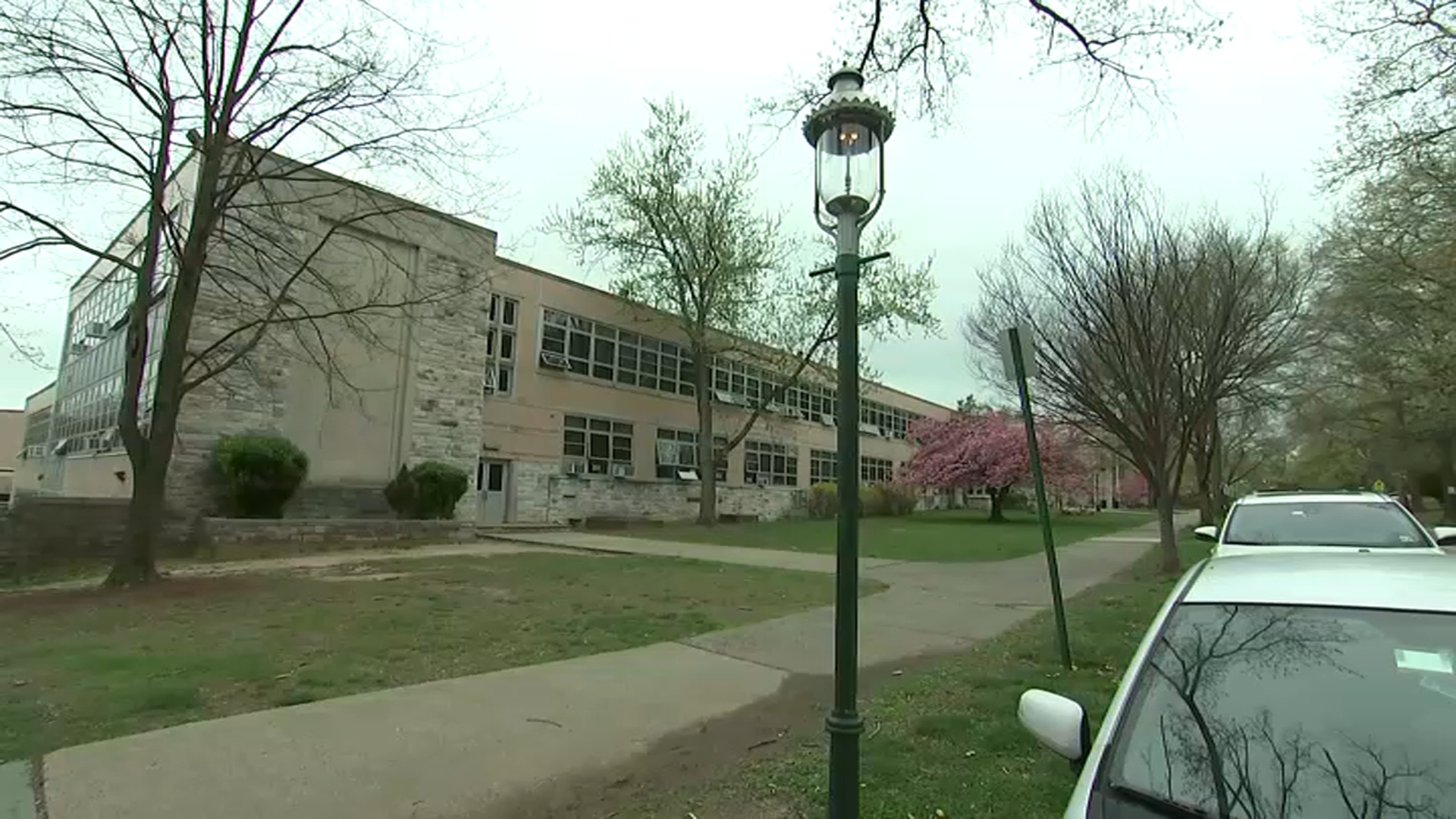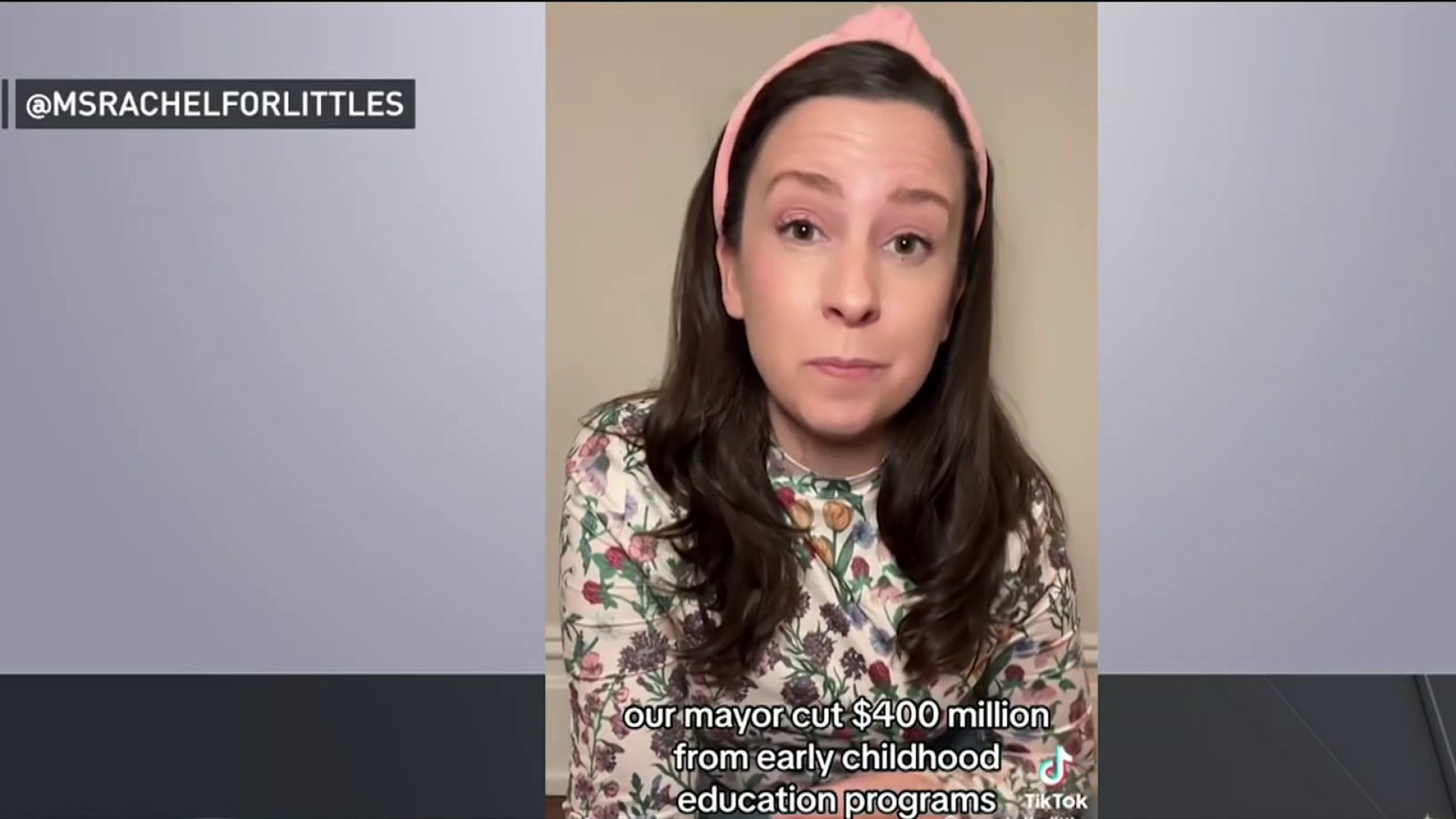When members of Congress met recently to discuss revitalizing passenger trains in the United States, they chose Grand Central Terminal, a majestic hub of New York's vaunted mass transit system.
From a balcony above the main concourse, Mayor Michael Bloomberg told lawmakers he rides the subway every day and called high-speed passenger rail ``the track to the future.''
But to actual New York commuters, such talk rings hollow these days.
Mechanical breakdowns, stranded trains, rising fares and the governor's plans to cut another $100 million from the Metropolitan Transportation Authority's budget have left travelers fuming. An onslaught of snowstorms has exposed the rail system's weaknesses, shorting out electric motors and snapping electric lines.
On Monday the Metro-North commuter line will cut service on its popular New Haven line because half of its trains are in the shop.
``I don't see New York's mass transit system as a model for anybody,'' said Jim Griffin, 36, who rides every day from South Norwalk, Conn. to an office in Times Square. ``You name the excuse, we've heard it this winter."
Besides the largest-in-the-nation subway system, New York has the nation's largest concentration of passenger railroads. Speedy Acela trains bring travelers from Washington, D.C. and Boston on Amtrak's Northeast Corridor line. The Long Island Rail Road, the nation's largest commuter rail road, and Metro-North Railroad serve more than 500,000 daily riders east and north of the city. NJ Transit and the Port Authority's PATH trains go west.
The Obama administration has called the Northeast Corridor a ``gem'' and says it wants to replicate its success nationwide with a $13 billion plan for new high-speed rail lines. In his State of the Union address last month, President Barack Obama said he wants to bring high-speed train travel to 80 percent of Americans.
The federal government poured $188 million of Recovery Act funds into commuter railprojects last year, from new regional trains in Oregon to upgraded switches on Baltimore's light rail system.
But for rail riders in New York, it's been a season of disappointments.
In October, New Jersey Gov. Chris Christie killed plans to build a second commuter rail tunnel under the Hudson River. The project would have been the United States' biggest public works project, with a cost of $9 billion to $14 billion.
The tunnel project was aimed at easing congestion at rush hour, when dozens of NJ Transit and Amtrak trains must travel over the same bridge over the Hackensack River in New Jersey, then through a single tunnel into Manhattan.
In December, the MTA hiked fares between 9 percent and 17 percent, depending on a rider's train or bus route. A monthly subway pass shot up from $89 to $104. The MTA had already eliminated the one-day and two-week passes, which were popular with tourists.
``We're paying more for a lot less,'' said Amy Yabukoff, 25, who rides the subway from Brooklyn to 23rd Street in Manhattan. ``I don't think people on the national level know what a botched system it is.''
News
Then a string of snow and ice storms blasted the region, severing electrical lines, clogging up switches and shorting out signals.
In New York, hundreds of passengers spent the night of Dec. 26 shivering in a train that was trapped by snow on an above-ground section of the New York subway, and spent hours stranded in similar trouble in Brooklyn a couple of weeks later.
Amtrak suspended busy routes from New York to Philadelphia, Boston and other points multiple times during the storms; dozens of trains on other commuter lines were canceled. On Wednesday, rush-hour NJ Transit travelers from the New Jersey suburb of Millburn were forced to make a detour through Hoboken, N.J. and lower Manhattan, turning a 15-mile trip that normally takes 40 minutes into a two-hour slog.
On Metro-North's New Haven line, which runs along the Connecticut coast, snowstorms have blown snow into the cooling vents atop trains that were built in the 1970s. The melting snow has since shorted out the electric motors that move the cars, said Marjorie Anders, a spokeswoman for Metro-North, part of the MTA. Snow also shorted out door motors and safety sensors, she said.
In a YouTube video posted by one commuter on Jan. 24, passengers stand a few feet from an open door as a New Haven train hurtles along an elevated track in Harlem and into a tunnel.
By Wednesday, 150 of the New Haven line's 320 cars were in the shop because of snow-related breakdowns. Metro North said it was cutting the number of peak-hour trains by 10 percent. About 67,000 customers use the line.
``This is an anomaly,'' Anders said. ``We run a very fine railroad. We've just never had a winter like this.''
Griffin says his 55-minute commute from Connecticut has turned into a three-hour ordeal in standing-room-only cars.
"You never know what you're going to face every morning,'' he said. ``You have people on the platform every morning waiting for a train that never comes.''
The budget proposal unveiled by Cuomo on Tuesday -- slashing another $100 million from the MTA's $11.3 billion budget -- could further strain the system. The agency promised not to raise fares immediately, but said it is unsure how it will comply with the cuts.
``Because the MTA has already taken unprecedented measures to reduce costs, finding an additional $100 million in 2011 will be very painful,'' the nation's largest mass transit agency said in a written statement. ``As we continue cost-cutting, further reductions become harder and harder to achieve.''
Obama's high-speed rail is much different than the passenger railroads that serve New York today, said Allen Haley, a railroad consultant based in Marathon, Texas. The Obama proposal calls for inter-city trains that would travel at speeds up to 220 mph, with fewer stops along the way.
Bloomberg said such trains would reduce the strain on New York's airports by diverting passengers who travel short distances. Weather-related flight cancellations this winter caused a ripple effect that snarled air travel around the U.S.
Bill Henderson, executive director of an MTA citizens' advisory committee, said federal money might be better spent fixing the trains that exist.
``Maybe you can get more effective use of the money by improving what you have instead of building a new high-speed system,'' Henderson said



